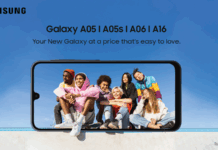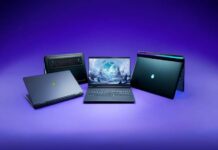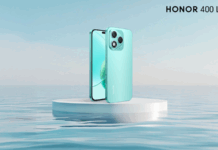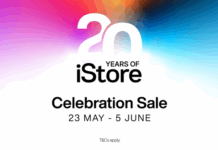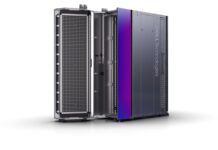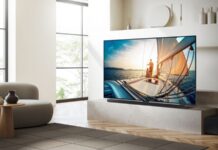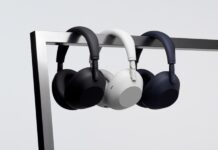It’s difficult to remember a time before ‘the smartphone’, let alone cell phones in general. How did we manage to stay in touch? How did we get hold of someone in an emergency? What did we do to simply pass the time when waiting in line at the shop, clinic, airport or bank?
While we are currently in the eye of the digital storm, it actually was not so long ago that the concept of a mobile phone was just that – an innovative idea out of reach for the average person.
This is according to Ryan Curling, Deputy Executive of Marketing at Hisense South Africa, who explains that Vodacom and MTN only launched their cellular services in South Africa roughly 24 years ago.
“In those days there were only a handful of mobile phones to choose from and they were seen as a luxury, not a necessity as they now are,” he adds.
Google’s 2017 Connected Consumer Survey found that 60% of South Africans now use a smartphone. This is an increase of 13% since 2014 and it is estimated that the number of smartphone users in South Africa will expand to over 25 million by the year 2022*.
Curling says, “With the unbelievable innovation that has taken place over the last 2 decades, it is exciting to imagine what may become the norm in the next five, 10 or 20 years.”
He shares his picks for the most powerful trends in mobile phone technology in SA.
Continued Smartphone Adoption
The increase in the general accessibility of smartphones, thanks to more affordable market entrants boasting similar specs to their costlier competitors, means that the transition from traditional cell phones to smartphones is likely to continue at a relatively swift pace. Hisense has recently introduced the H11, F24 and E7 models to their Infinity line of smartphones in South Africa which not only come in at an affordable price point but also have more than 80% screen-to-body ratio, small bezels, 2.5D glass displays and 5.99” screens with 18:9 aspect ratio. In the later part of 2018, Hisense will also bring Notch Screen and Dual Rear Camera premium smart phones to market with an affordable price tag.
Smartphones are also increasingly deemed to be an important status symbol, further driving the demand for these devices – particularly those with larger screens.
Mobile Money
The use of mobile applications to send money instead of using cash has proven successful across many African countries due to both safety and convenience factors. With this in mind, South Africa will be seeing more technology developed to optimise the uptake of mobile financial services.
This goes hand-in-hand with the rapid growth of eCommerce, as more South Africans opt for the convenience of shopping online from their mobile devices.
Data Optimisation in Emerging Markets
South Africa has the most expensive data prices of all African countries and technology companies recognise this. It’s for this reason they are driving data optimisation and developing new products with African markets, like South Africa, in mind.
Examples include Google’s data-friendly YouTube Go app in Nigeria which offers consumers the ability to save videos for offline viewing and the Netflix mobile app setting that provides members with better control over how much data is used when streaming on cellular networks – allowing them to choose from: Off (Wi-fi only), Low, Medium, High, or Unlimited based on their preference and their data allowance.
“Mobile phone technology has exceeded all expectations over the last three decades and it shows no sign of slowing down, especially in emerging markets like South Africa where the majority of the country’s 21 million internet users access the online world via their mobile device**,” Curling concludes.
Post Provided by Hisense SA
* https://www.statista.com/statistics/488376/forecast-of-smartphone-users-in-south-africa/




